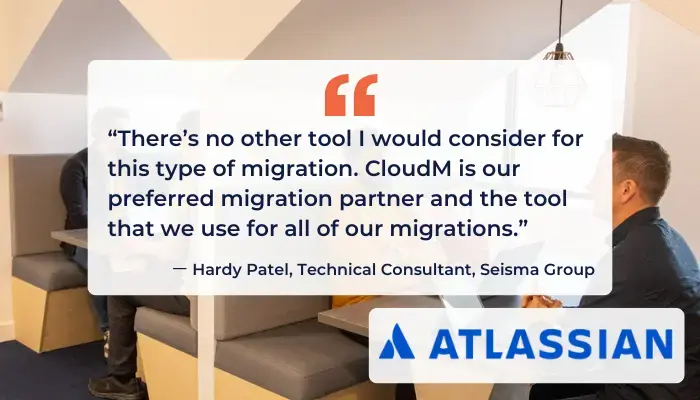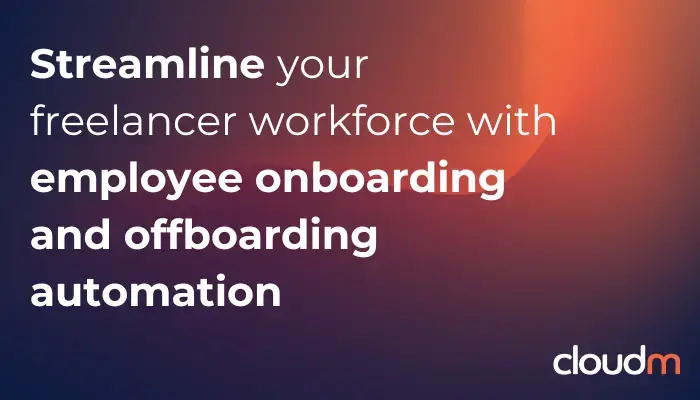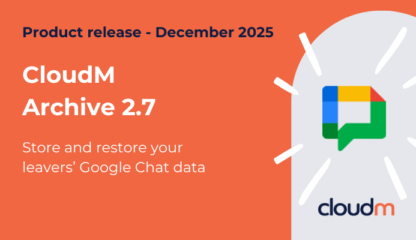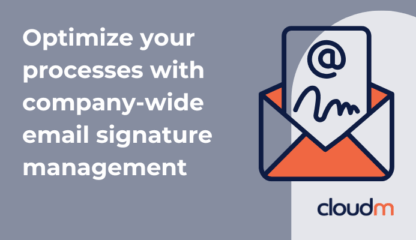In today’s dynamic work environment, many organizations rely heavily on freelancers to bring in diverse skills and flexibility. This is especially true for organizations in the publishing and media space. While this model offers numerous benefits including reduced overhead costs compared to a larger in-house workforce, it also presents unique challenges, particularly when it comes to managing the onboarding and offboarding processes. Let’s take a look into these challenges and what can be done to resolve them.
What are the challenges around managing an out-of-house workforce?
The risk for data security failings increases
A critical aspect of offboarding is ensuring that departing staff no longer have access to sensitive information, whether they were employees or contractors. Failure to do so promptly can leave an organization vulnerable to data breaches and other security threats.
It is difficult to manage licenses and control costs
With a constantly changing workforce, maintaining control over software licenses can be tricky. Organizations risk either under-provisioning, leading to productivity bottlenecks, or over-provisioning, resulting in idle licenses that unnecessarily increase costs.
Onboarding and offboarding processes put a strain on IT admins
High turnover rates in freelancer workforces mean that organizations constantly need to manage onboarding and offboarding processes. This is not just a logistical challenge but also a financial one, as each transition demands time and resources.
Customer Success
A leading international business publication with over one million paying subscribers was reliant on manual processes to manage its (largely freelance) staff. After automating their onboarding and offboarding processes with CloudM Automate, they have saved over 72 working weeks per year – that’s 1.5 full time IT admins who can now focus on more important tasks. The publisher is also using CloudM Archive to further enhance their offboarding workflows, saving over £150k/year on license costs.
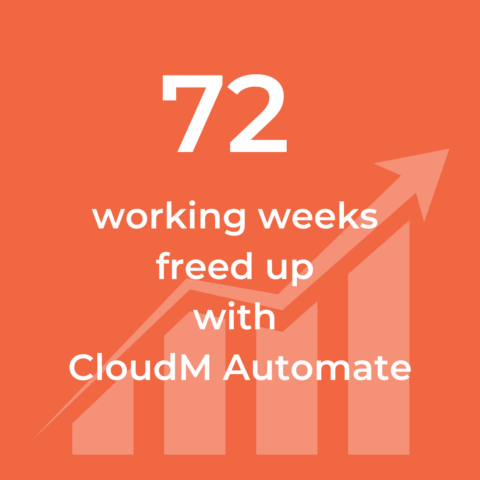
Can automation help manage workforces built around freelancing?
One of the common denominators of the challenges outlined above is that they largely rely on people, both to carry out the work and to ensure all necessary steps have been completed. When it comes to complex yet monotonous processes like onboarding and offboarding, errors and oversights can creep in. In addition, an IT admin’s time is better spent on more important tasks, making a powerful case for automation:
It is clear that enabling humans to focus on more crucial tasks by automating repetitive processes such as onboarding and offboarding offers a host of benefits. There are a few solutions available, from very complex process automation software to more specialized tools promising to resolve the specific challenges around the workforce management use case. One of the latter is CloudM Automate.
Optimizing onboarding and offboarding with CloudM Automate
CloudM Automate offers over 30 offboarding steps designed to streamline data management and access control. Key features include:
User creation and Smart Team assignment:
Automatically create users and assign them to predefined “Smart Teams”, ensuring they have access to the necessary tools and information from day one.
Access rights management:
Grant or revoke permissions, ensuring compliance with security policies and reducing risk.
User suspension and security steps:
Temporarily disable user accounts when needed, maintaining security without permanent deletion. Choose from a variety of other security workflow steps to change password, remove two-factor authentication (2FA) and recovery methods, and more.
Customized step delays:
delay steps such as the deletion of a user to meet organizational requirements
Resource ownership transfer:
Seamlessly reassign ownership of cosuments, calendars, groups, contacts, shared drives and Looked Studio (formerly Google Data Studio) to prevent data loss and ensure business continuity.
Email migration:
Ensure continued access to emails after a user has left to avoid information loss.
Data purging:
Comply with data protection regulations by purging user information upon request, respecting the “right to be forgotten”.
License reallocation and deactivation:
Automatically reallocate or deactivate Google user licenses to reduce cost and license sprawl.
Smart Teams for dynamic group management
CloudM’s Smart Teams functionality enables the automatic association of documents, calendars, tags, and more based on team assignments. This ensures that all relevant information is accessible to the right people, enhancing productivity and collaboration.
Enhanced automation with additional modules
CloudM Automate’s capabilities extend further when integrated with other CloudM modules, such as Backup, Email Signatures and Archive. For example, the integration with CloudM Archive enables seamless data archiving as part of the offboarding process, maintaining compliance and data management standards.
Conclusion
Managing a workforce with high freelancer turnover doesn’t have to be a daunting task. With solutions like CloudM Automate, organizations can streamline their onboarding and offboarding processes, maintain tight control over license costs, and ensure robust security protocols are in place. By automating these essential tasks, companies not only save time and money but also empower their IT teams to focus on more critical challenges, fostering a more secure and efficient work environment.
Take control of your IT onboarding and offboarding







